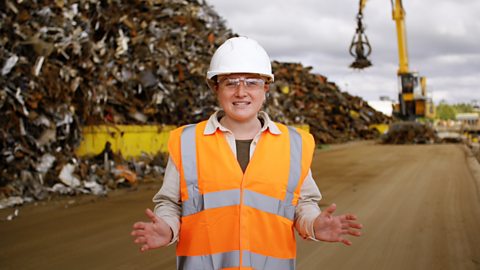Key points
A permanent magnet is always magnetic. It has an invisible magnetic field.
Only certain materials, such as iron, feel a magnetic force.
A magnetic force can be either an attractionWhen forces pull objects towards each other. The objects attract each other.or a repulsionWhen forces push objects away from each other. The objects repel each other. .
Magnetic fields
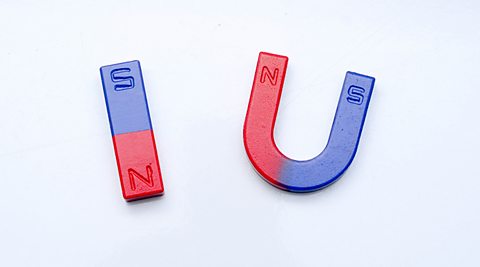
The region around a magnet where a force can be felt is called the magnetic field. If magnetic materialA material that feels a force when it’s in a magnetic field. enter this region, they will be attracted to the magnet.
Permanent magnets can come in lots of different shapes and sizes. Bar magnets and horseshoe magnets are two of the most common shapes of magnet.
One of the most important features of a permanent magnet, whatever shape it is, is that it has two different ends. These ends are called polesThe ends of a magnet, where the magnetic field is strongest. Poles can be north or south.. There is a north (N) pole and a south (S) pole.
The magnetic field is shown by lines with arrows that point from north to south.

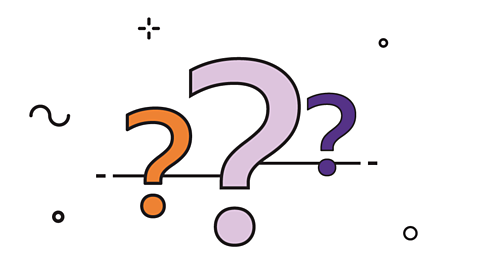
Did you know?
If you break a magnet in two, each half will still have two poles - north and south.

Magnetic materials
Magnetic materials are materials that feel a force from a magnetic fieldThe region around a magnet where a force will be experienced.. If you bring a magnet and a magnetic material together they will pull towards each other, or attract.

The magnet and the magnetic material don’t have to touch to attract. The magnetic force is a non-contact forceA force that acts between two objects that are not physically touching.. This can be useful for holding pictures on fridges, for example, or keeping phone cases closed when a magnet is sewn into the case.
Find out more about non-contact forces in the Introduction to forces guide.

Some materials are magnetic. For example:
- iron
- steel
- cobalt
- nickel
Lots of metals are not magnetic. For example:
copper
aluminium
Materials such as sand, wood and plastic are not magnetic.

Did you know?
You can tell how old some coins are by testing them with a magnet.
5p and 10p coins made before January 2012 are not magnetic. 5p and 10p coins made after January 2012 are magnetic. This is because 5p and 10p coins used to be made out of cupro-nickel, but this was changed to nickel-plated steel. Steel contains iron, making the coins magnetic.

Can you work out which objects below might be magnetic?
A steel nut
A wooden spoon
A ballon
Magnetic. The nut is made from steel. Steel is a magnetic material.
Not magnetic. The spoon is made from wood. Wood is not a magnetic material.
Not magnetic. The balloon is made from rubber. Rubber is not a magnetic material.
Magnetic interactions
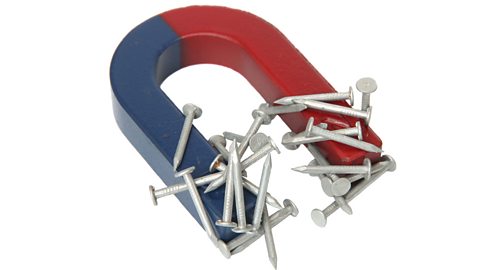
Magnetic materials are always attracted towards a magnet.
However, a magnet may be attracted to or repelled from another magnet.

For example, bringing a north pole and a north pole together will cause the magnets to push away from each other or repel. They will be pushed in opposite directions.
If you bring a north pole and a south pole together, they will attract.
What will happen if two south poles are pushed together?
If two south poles are pushed together, they will repel.
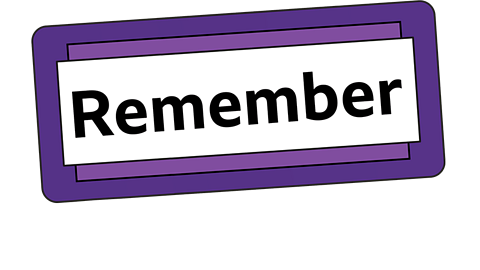
Opposite poles attract. Like poles repel.
Earth's core contains liquid iron which moves around. Iron is magnetic so the liquid iron causes Earth to have a magnetic field.
Compasses
A compassA device with a magnetised needle. The needle turns to line up with a magnetic field. is an instrument used to navigate or find your way. It points North because it lines up with the ·ˇ˛ą°ůłŮłó’s magnetic field.
The needle of a compass is a small magnet that can turn. It turns around until its own magnetic field lines up with the ·ˇ˛ą°ůłŮłó’s magnetic field. This means it always points North.
1. Which end of a magnet will the north pole of a compass point towards when it lines up with the magnetic field?
(Hint: what is North attracted to?)
2. Because the north pole of a compass points to Earth's north Pole, what are we able to say about the magnetism of ·ˇ˛ą°ůłŮłó’s north Pole?
The south pole of the magnet.
·ˇ˛ą°ůłŮłó’s north pole is a magnetic south.

Did you know?
The part of a compass that moves around to show the magnetic field is called the needle because you can make a simple compass out of a sewing needle. First the needle must be magnetised by rubbing it with a magnet 50 times. It must only be rubbed in one direction. When placed on a piece of cork in a bowl of water, the needle will now turn until it points north.

·ˇ˛ą°ůłŮłó’s magnetic fieldThe region around a magnet where a force will be experienced. protects us from charged particles thrown out from the Sun. As these particles come close to Earth, ·ˇ˛ą°ůłŮłó’s magnetic field deflects them.
Close to the poles the particles are able to reach the atmosphere. This causes the air to light up in a display called the Aurorae.
In the northern hemisphere the display is called the northern lights or Aurora borealis. In the southern hemisphere the display is called the southern lights or Aurora australis.
The closer you are to the poles, the better the view is of the Aurorae. People travel to Norway, Iceland and Canada to see the northern lights. At certain times, the northern lights can also been seen in Scotland.

Test your knowledge
Quiz - Multiple choice
Play the Atomic Labs game! gamePlay the Atomic Labs game!
Try out practical experiments in this KS3 science game.

Play the Atomic Labs game! gamePlay the Atomic Labs game!
Try out practical experiments in this KS3 science game.

More on Electromagnetism and magnetism
Find out more by working through a topic
- count4 of 4
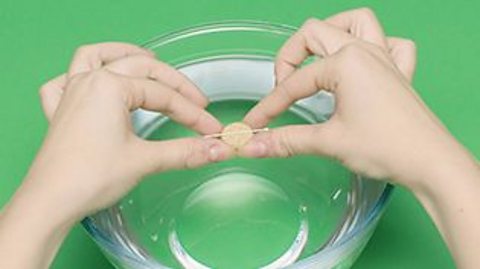
- count1 of 4
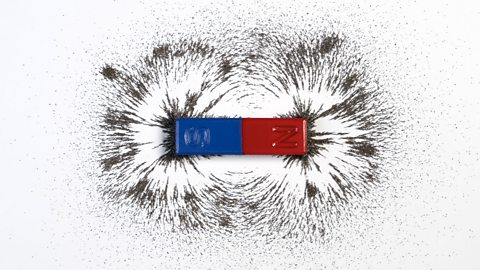
- count2 of 4
